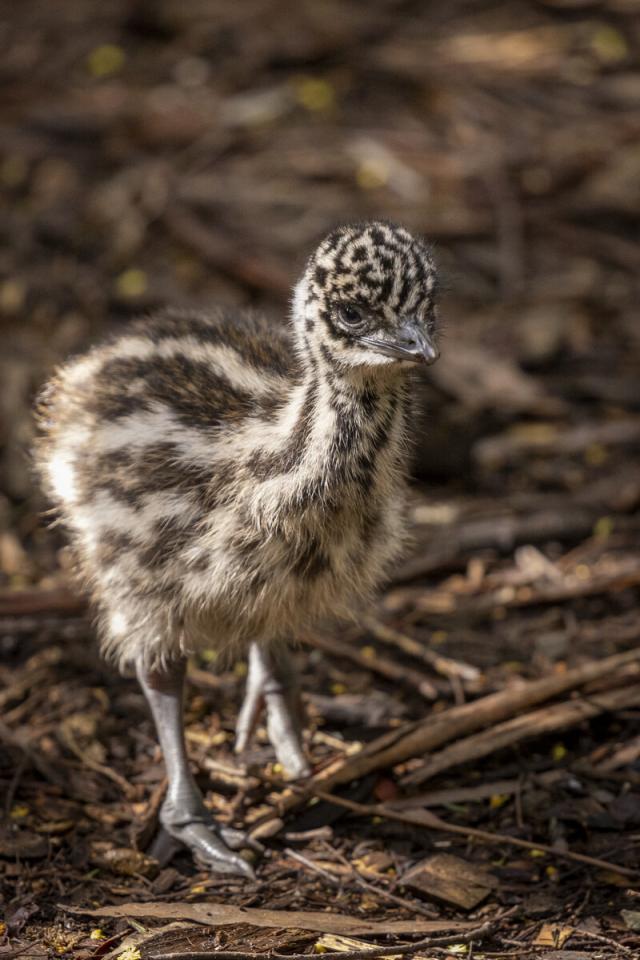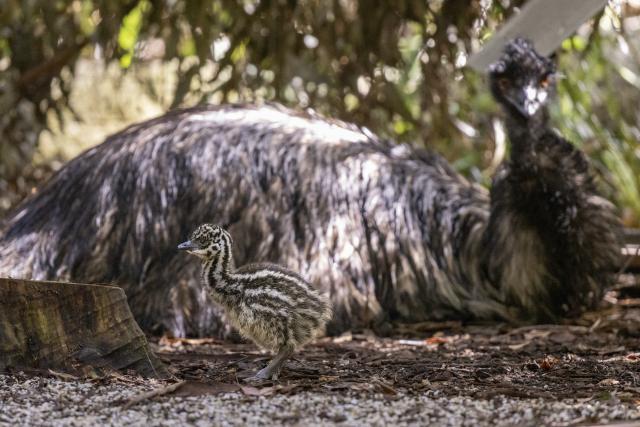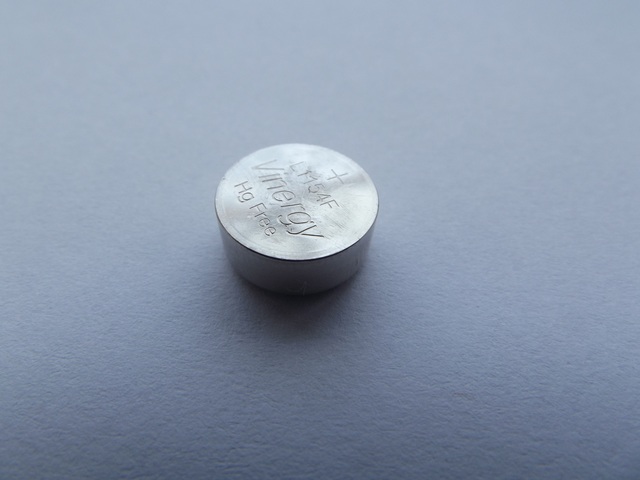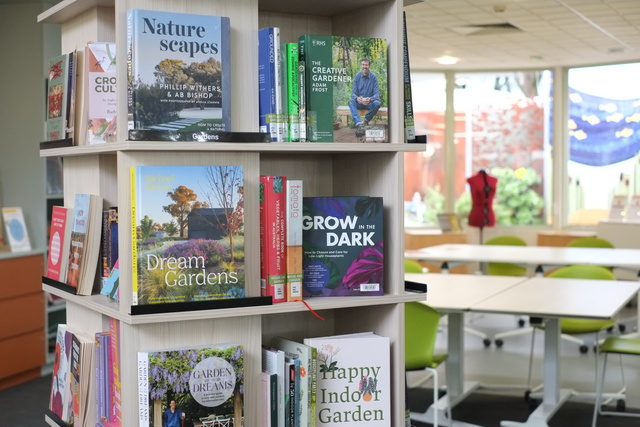The pitter patter of little Emu feet can now be heard at Healesville Sanctuary with a cheeky chick exploring its bushland surroundings.
The gorgeous fluff-ball stands just 12 centimetres tall with black and cream stripes that provide camouflage while it continues to grow into an adult.
It is the first-time father Blinky and mother Drum have bred together, following a courtship that involves the female creating a drumming sound in her throat while bobbing her head, before the male places his head on top of hers encouraging the female to crouch down.
Females make the drumming sound to warn off other females, to summon the male, and to communicate over long distances.
In the bird world, the male Emu will often provide the most parental investment once the female lays eggs.
Female Emus may pair up with a different mate for the remainder of the breeding season to lay a second clutch and continue foraging for food.
Healesville Sanctuary keeper Louise Tegg said the male Emu will sit on the eggs for eight weeks, barely moving.
“Male emus will lose approximately one third of their body weight while incubating the eggs,” Ms Tegg said.
“The males do everything. They construct the nest, incubate the eggs, and take on sole raising including their protection.”
Ms Tegg said Emu chicks grow quickly, so this arrival is perfect timing for school holiday visitors to the Sanctuary.
Once it reaches three months old, the feathers of the Emu chick will change colour, turning dark brown to black.
At around 10 months, the chick will look like its parents.
Visitors can view the Emu family near the front entrance of Healesville Sanctuary.
Emus have one breeding season each year during winter, when a female can lay between five and 20 eggs.
To manage species numbers at the Sanctuary, some eggs are replaced with dummy eggs of the same weight.
Emu eggs are emerald in colour, about the size of a mango, and weigh around 500 grams.
Emus are classified as Least Least Concern with a stable population according to the International Union for Conservation of Nature (IUCN) red list.









